NATO's Largest Air Combat Exercise Ever Has Begun
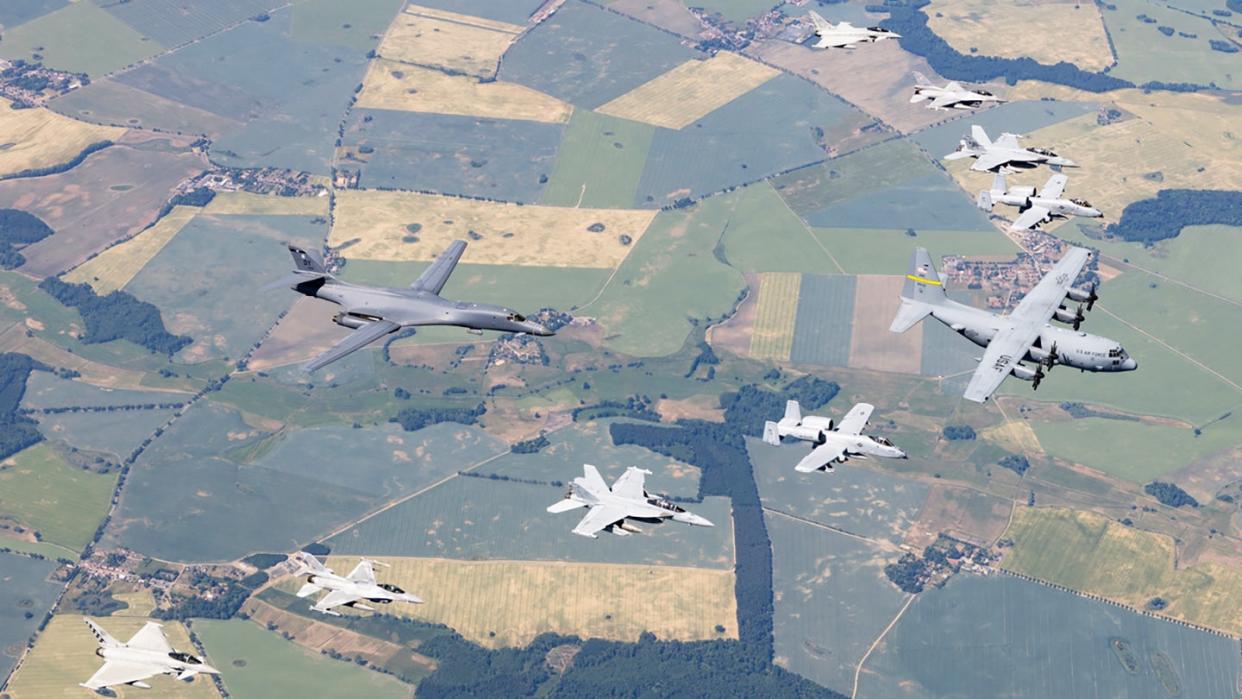
The largest air combat exercise in NATO’s history, Air Defender 2023 (AD23), officially got underway yesterday. Bringing together 25 nations and NATO, the exercise features a strong U.S. military presence, with the U.S. Air National Guard (ANG) providing nearly half of the aircraft involved. AD23, which seeks to test the "joint responsiveness of... allied air forces in a crisis situation," the Bundeswehr indicates, comes as Russia’s all-out war with Ukraine has left the issue of European security of paramount importance to the U.S. and allies.
AD23 is scheduled to take place between June 12-23. Germany, which has been largely responsible for organizing the event, has planned AD23 since 2018. In all, almost 10,000 personnel and more than 250 aircraft from across the participating countries – including Germany, the U.S., the U.K., France, and Japan – are involved.
https://twitter.com/Team_Luftwaffe/status/1668279755198668802?s=20
The more than 250 allied aircraft of various kinds involved in AD23 – including various fighters, transports and tankers – are stationed at six locations across Germany, with the air exercises being carried out mainly over three areas of airspace connected to Schleswig/Hohn, Wunstorf and Lechfeld. Daily missions with round trips to forward operating locations will take place in eastern Europe, as well, according to the Bundeswehr.
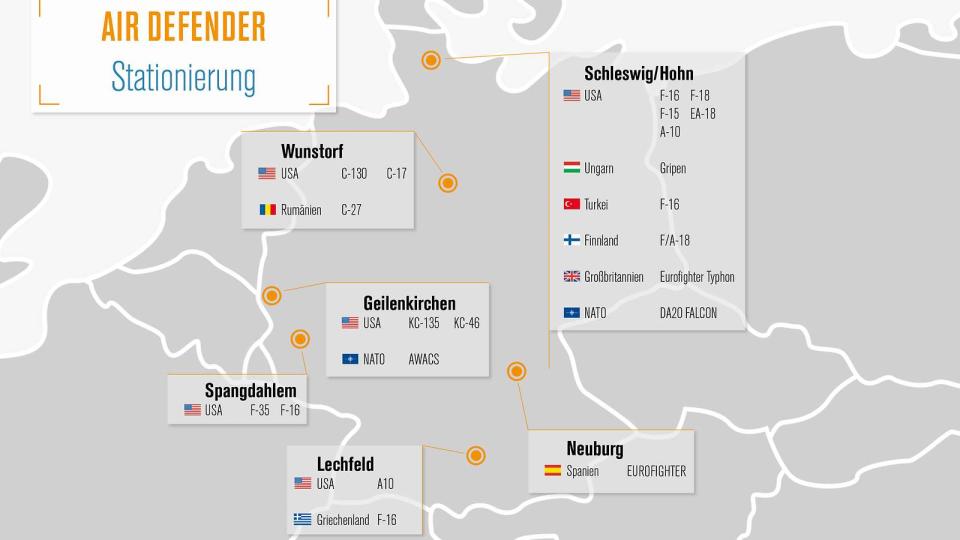
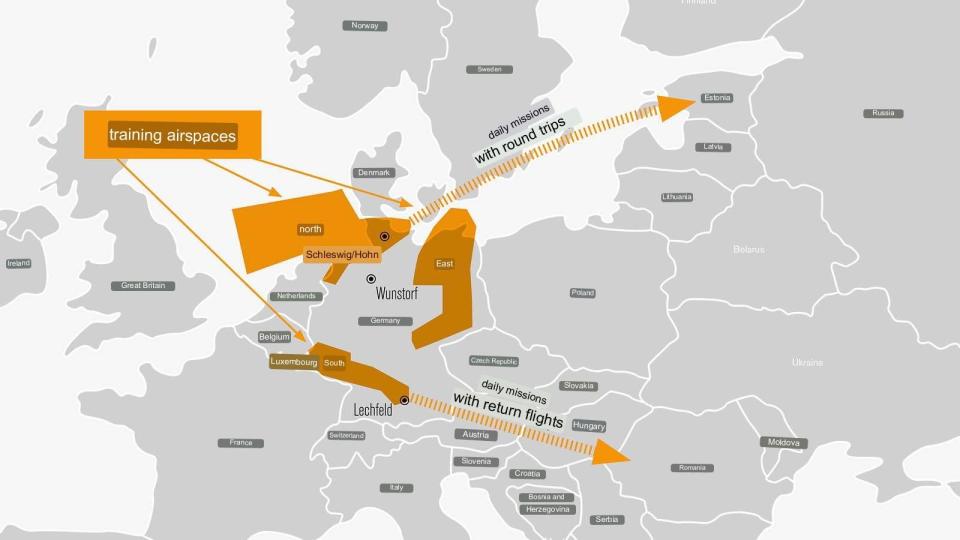
Upwards of 60 aircraft from Germany are taking part in the exercise, while the largest cohort of aircraft (around 100) comes from the U.S. The ANG has sent the majority of those 100 aircraft to Germany, alongside approximately 2,600 airmen from 42 states. ANG units began arriving in Germany earlier in June for AD23.
https://twitter.com/USNationalGuard/status/1668287051685404677?s=20
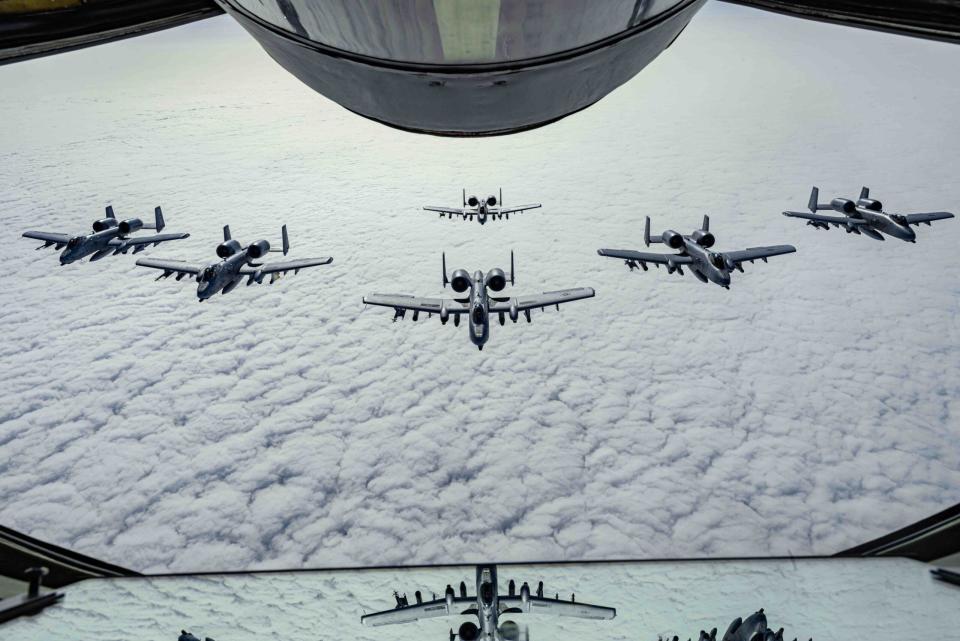
As we highlighted in our preview article on the preparations for AD23, the overall U.S. Air Force presence in Germany is significant:
Specific assets that will participate in AD23 are said to include a wide range of U.S. types, including the F-35A, F-15C, and F-16; the A-10C; the KC-135 and KC-46A tankers for refueling operations; and the C-17A and C-130J aircraft as the ANG’s primary modes of transportation. An MQ-9 Reaper drone from the Texas Air Guard’s 147th Attack Wing will be employed, as well, and Defense News noted that U.S. Navy F/A-18 fighters [will be utilized for the exercise].
“Air Defender 23 strategically unites the United States and Germany,” Lt. Gen. Michael A. Loh, director of the ANG, said during a press conference at the German Embassy in Washington back in April. “[The exercise] tests not only our interoperability to work together, but it also tests our ability to rapidly deploy and rapidly employ [coalition air power].”
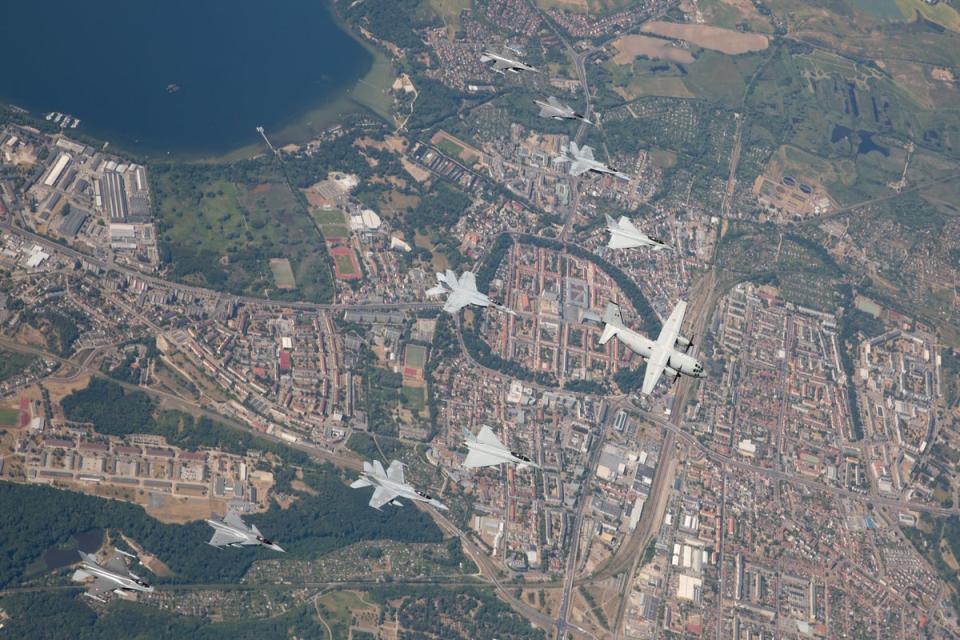
With the exercise kicking off yesterday, various training missions began involving aircraft from the different participating nations. F/A-18 Hornets of the Finnish Air Force began training missions with Luftwaffe Typhoons, for example. Finland, which only recently joined NATO on April 4, has deployed four of those aircraft for AD23.
https://twitter.com/FinnishAirForce/status/1668274479892422656
As we also noted in our preview feature on AD23, a variety of simulated training missions will be carried out during the eleven-day exercise, including combined air assaults in the face of dense surface-to-air missile or electronic warfare threats. Offensive and defensive counter-air operations will also be a centerpiece as part of this training.
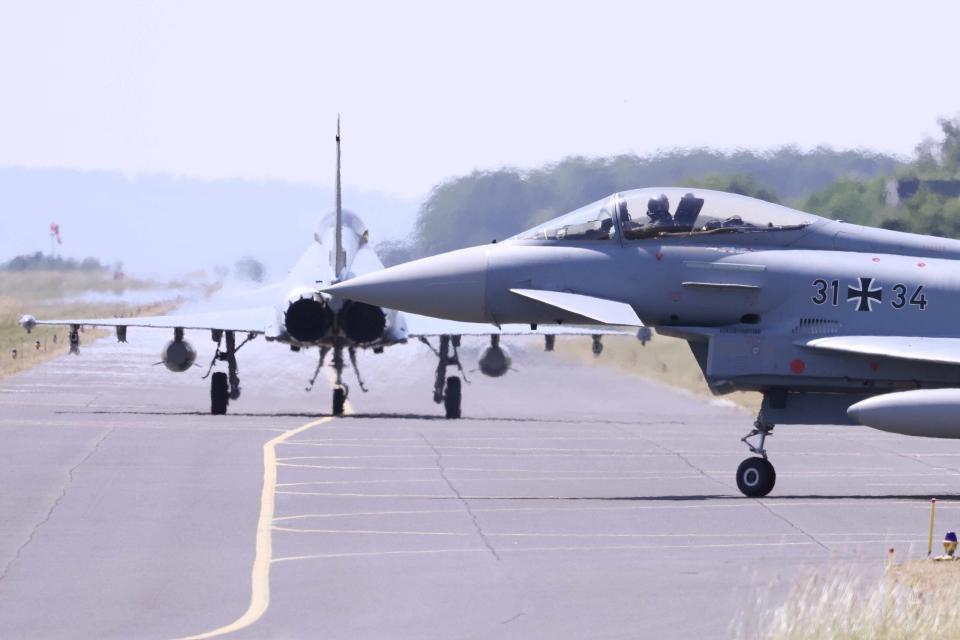
Of course, it should be mentioned that AD23 will also provide U.S. forces and allies with opportunities to practice interoperability beyond training in the air. Other sorts of exercises, including exploring different refueling methods, are also being performed. Yesterday, for example, two USAF B-1B Lancers landed at Mihail Kogălniceanu Air Base, Romania, for hot-pit refueling. Hot-pit refueling allows aircraft to land and refuel without stopping their engines, enabling faster regeneration times and better chances of keeping the aircraft in flyable status.
https://twitter.com/US_EUCOM/status/1668594456382042118?s=20
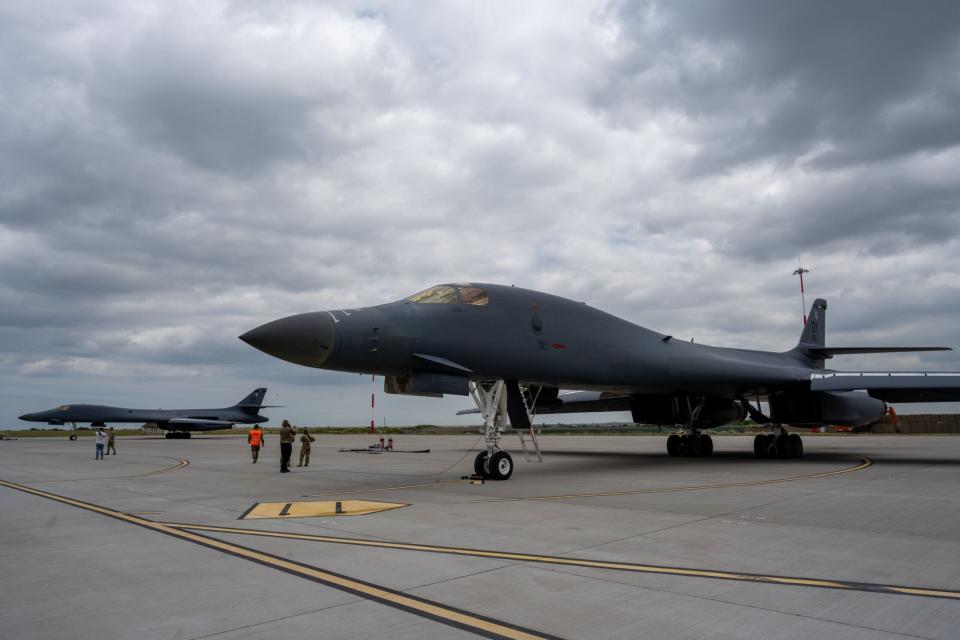
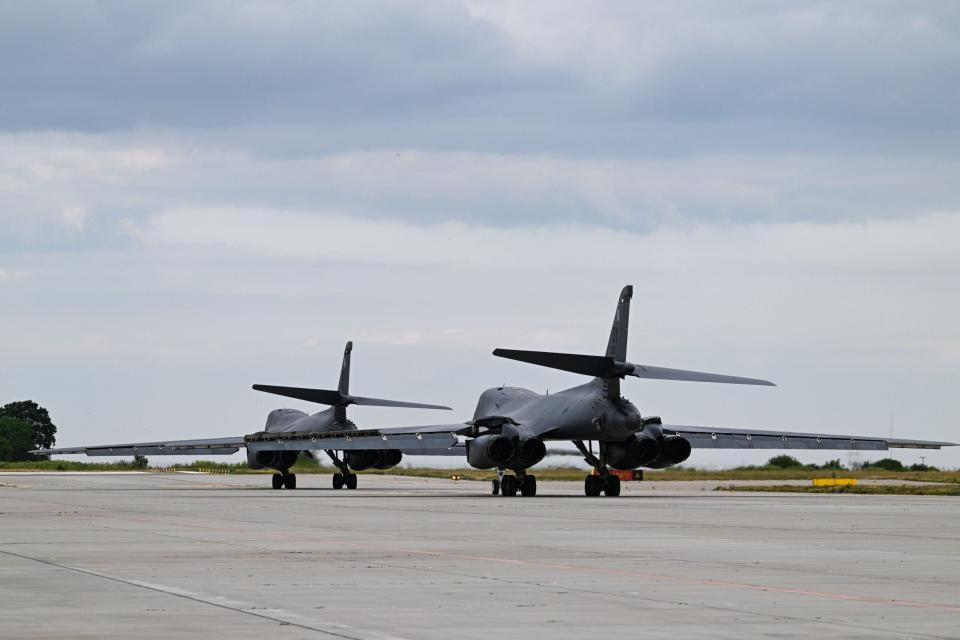
With AD23 ongoing until June 23, close cooperation between the Luftwaffe, air traffic control, Eurocontrol, as well as airlines and airport operators has been maintained to avoid flight issues for commercial travel. According to the Bundeswehr, the three areas that are being used for AD23 are only being utilized for up to four hours per day, and at different times. "I hope that, if all these measures are effective, there will be no flight cancellations," Ingo Gerhartz, a lieutenant general in the German Air Force has said, according to Deutsche Welle.
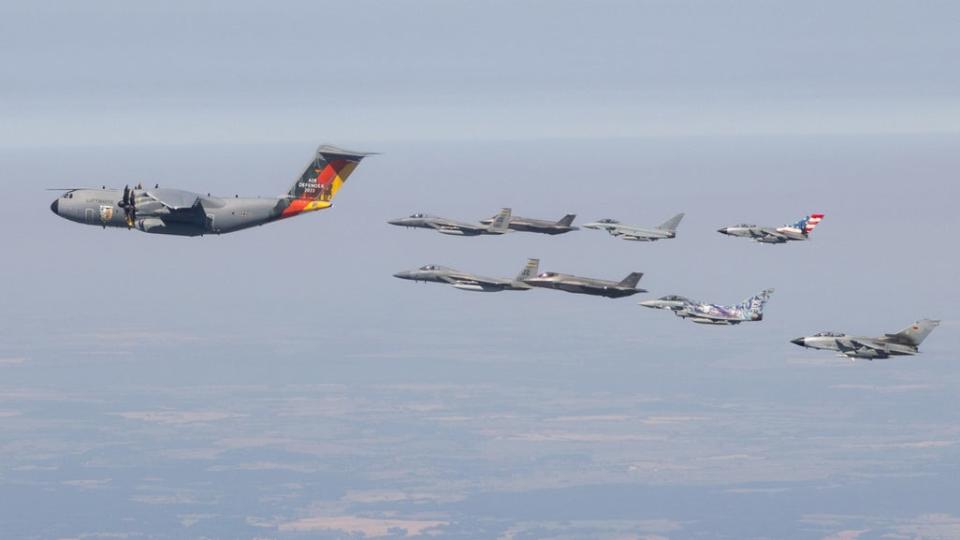
Alongside the aim of “optimizing and expanding the cooperation between the participating nations,” the Bundeswehr notes, AD23 is modeled after a NATO Article 5 assistance scenario. Article 5, which is at the heart of the North Atlantic Treaty signed in 1949, stipulates that if a NATO ally is attacked, all members of the alliance will consider the act as a collective attack on the alliance. Exercises based on an Article 5 assistance scenario seek to replicate a “fight [involving NATO partners] against hybrid occupation forces from a fictitious opponent,” NATO indicates.
“The exercise is a signal — a signal above all to us, a signal to us, the NATO countries, but also to our population that we are in a position to react very quickly ... that we would be able to defend the alliance in case of attack,” Lt. Gen. Ingo Gerhartz, Germany’s air force chief who is overseeing AD23, told ZDF television as The Associated Press reports.
https://twitter.com/GermanyNATO/status/1668662035532460045?s=20
While AD23 does not aim to officially rehearse scenarios involving specific opponents, the initial planning was seemingly influenced by Russia’s annexation of Crimea in 2014. Speaking on the impetus for the exercise, Lt. Gen. Gerhartz (who also initially proposed the exercise) indicates that “the trigger for me… was the capture, the annexation of Crimea,” the New York Times reports.
In addition, speaking to reporters last week on AD23, Amy Gutmann, the U.S. ambassador to Germany, said, “I would be pretty surprised if any world leader was not taking note of what this shows, in terms of the spirit of this alliance, which means the strength of this alliance…. That includes Mr. Putin,” the Times notes.
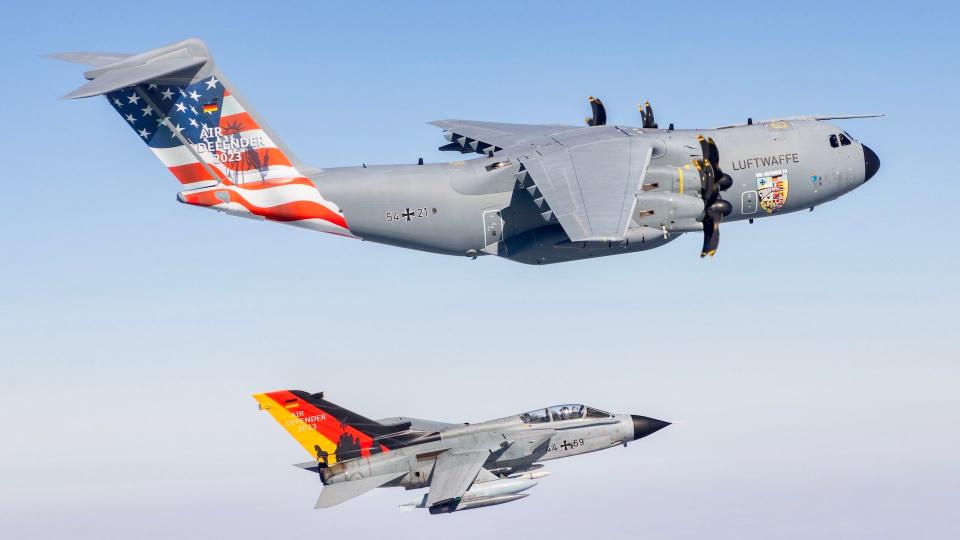
Other figures within the German military have taken a different stance, perhaps in a bid to prevent provoking additional tensions with Russia. As Lieutenant General Günter Katz, the commanding general of the Bundeswehr Air Force Command, indicates, "the decision [to start planning for AD23] was made in 2018 and actually has nothing to do with the Russia-Ukraine war."
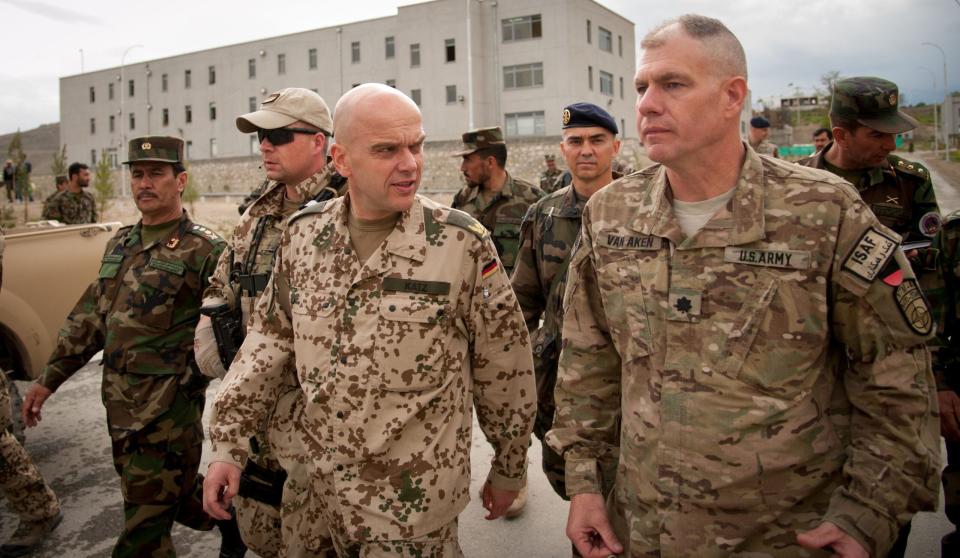
More broadly, NATO has maintained a heightened force posture since Russia’s all-out invasion of Ukraine began in February 2022. This includes holding established recurring exercises, such as Steadfast Noon, as well as conducting various inter-allied naval drills, in Europe. Nearly constant deployments of U.S. aircraft to Europe and Eastern Europe, in particular, have occurred since the invasion of Crimea. These continue today and feature drills with local air arms.
That Russia’s all-out war with Ukraine has spurred greater interoperability between European air forces more specifically has been evidenced of late by the creation of the Nordic air defense alliance in March. Involving Denmark, Finland, Norway, as well as Sweden – the former three countries being NATO members and all four of which are participating in AD23 – the air defense alliance aims to develop a Nordic concept for joint air operations based on already-known NATO methodology. As we reported at the time, those countries have upwards of 300 fighter jets between them as well as training, transport and surveillance fixed-wing aircraft and helicopters. They also have readily avaliable surface-to-air missile capabilities.
With that said, much like massive ground combat-oriented exercises of the recent past, AD23's massive scope signals NATO’s deep commitment to defending its allies from external aggression in the midst of Russia's war in Ukraine.
Contact the author: oliver@thewarzone.com

